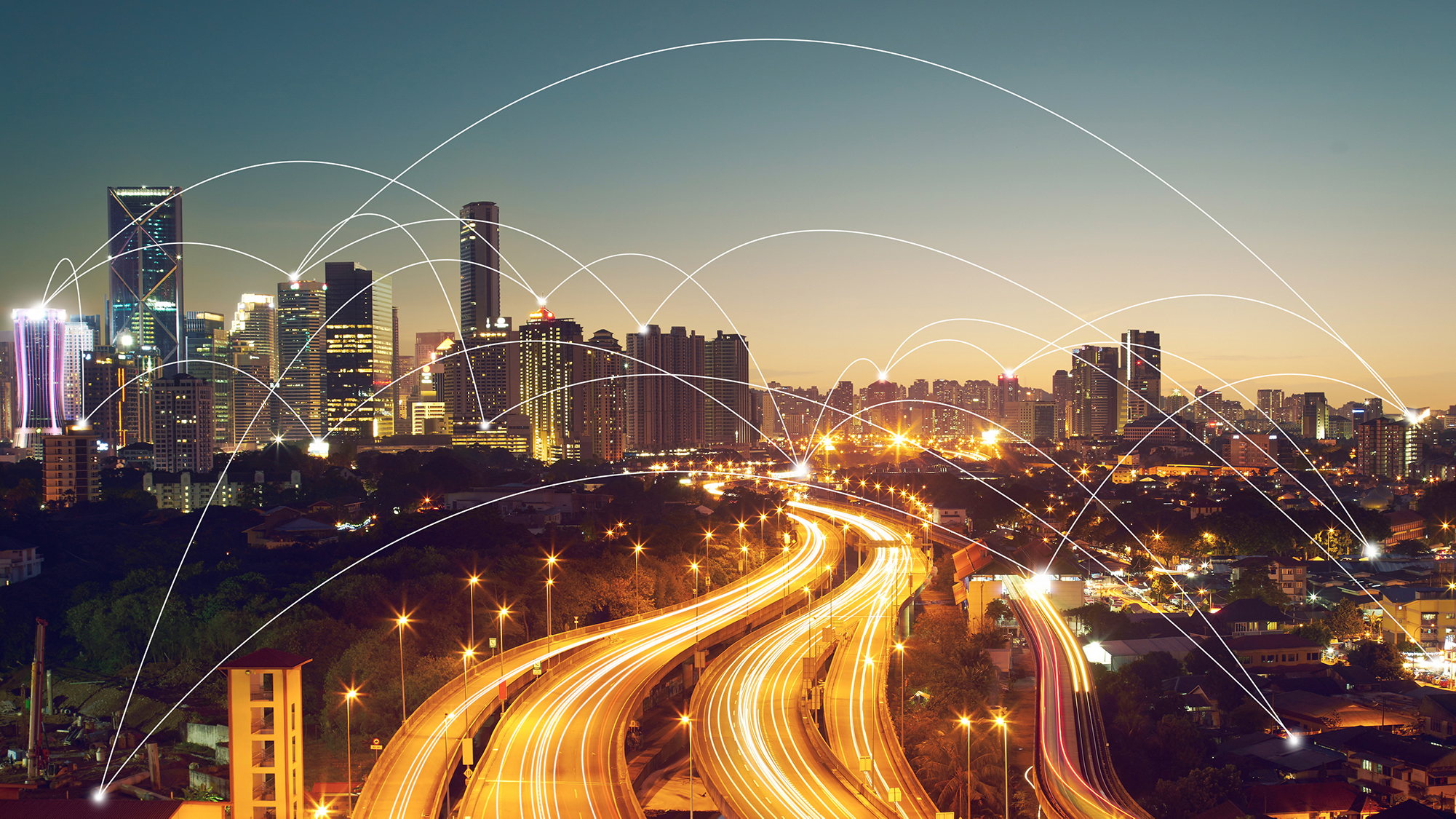
Last year, Pennoni along with a number of other companies, sponsored ESI Thoughtlab’s Smarter Cities 2025 study which surveyed 136 cities collecting data from government officials, businesses, and citizens to provide cities with data to assist in developing a roadmap to become a smart city. More information on how the study and its findings can benefit our clients and teaming partners can be found here.
This year, Pennoni sponsored ESI Thoughtlab’s follow up study, Building a Hyperconnected City. This study surveyed 100 global cities and shows how cities can go beyond current smart solutions to become “hyperconnected” hubs. This generates large economic, social, and environmental benefits by linking key elements of their urban landscape—from transportation to public health and security, from government to business and residents. Hyperconnected cities leverage new digital technologies to transform and securely interconnect critical elements of an urban ecosystem including public transit, water, energy and electricity, traffic management, waste collection and environment.
Based on the study findings, cities and communities looking to become “hyperconnected” should focus on the following:
- Make the business case, and continuously monitor performance, analyzing ROI systematically with the right metrics.
- Calculate the full benefits to your city, including societal, business, economic, and environmental benefits.
- Organize your resources, with a largely centralized department, and use both internal and external staff to operate your hyperconnected city programs.
- Capitalize on advanced technologies—particularly various forms of AI—but bear in mind the importance of cybersecurity.
- Use the ecosystem effectively, partnering with business and academia, but keeping crucial development and implementation tasks in-house.
- Generate more value from data by gathering, integrating, and monetizing it, but in a responsible way, and sharing it with stakeholders as appropriate.
- Ensure all citizens are engaged and connected, seeking input from stakeholders, and reaching out to disadvantaged populations.
There will be obstacles to consider as cities and communities move forward in their hyperconnected journey including:
- Policy/regulations barriers
- Innovation can be hindered by procurement complexity
- Increasing innovative systems creates more cyber risks
- Finding funding can be the largest challenge faced
The study produced data regarding the benefits of adding smart initiatives for traffic management, water, waste collection, and energy and electricity. We will dive into these findings and how Pennoni’s experience can help provide direction for your community in a series of blog posts over the coming weeks.
If you would like more information on the results of the study, please contact Joe at JViscuso@Pennoni.com.
Joe serves as Director of Strategic Growth which includes involvement in all new initiatives and technologies. He is active in the Smart City Council and is a member of the Urban Mobility Task Force. He has spoken at various industry events on the use of innovative smart solutions.
